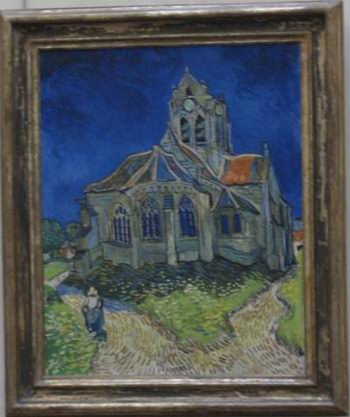- Home
- Itinerary
- Museums
- Museums
- Monuments
- Monuments
- Quartiers
- Quartiers
- Shows
- Shows
- Food
- Food
- Explorations
- Explorations
- Projects
- Projects
- People
- People
- Gallery
- Gallery
- About
- About
- Home
- Home
Musée d'Orsay
In 1986, the Musée d'Orsay, a former train station, opened to display works of art that date from 1850 to the twentieth century. I was struck by the division of artwork established on the first floor of the museum: official paintings (that is those that had been approved by an artistic jury to appear in the salons) appeared on one side while unofficial works (that is those that had not been approved by the jury) were on the other side. I would like to be clear that I am by no means an art expert, but I was startled to find that I was much more familiar with the artwork of Manet ("Olympia") and Jean-Francois Millet ("Les Glaneuses") which appeared on the unofficial works side than the artwork of Thomas Couture ("Les Romains de la Decadance") or the statue of Napoleon I commissioned by Napoleon III which were classified as official. The most memorable part of the museum for me, however, waited upstairs.
As I got off the escalator, I felt as if I was swimming in a pool of bright colors—I had just entered the Impressionist exhibit. I was amazed to see the ballerinas of Degas, the garden bridges of Monet, the fruit of Cézanne so close. Seeing prints of these paintings in books or online does not even begin to compare with my experience of walking through the gallery. My favorite room of the exposition was the one that displayed the work of Van Gogh. The colors seemed to swim along the canvas, creating beautiful images of fields, night skies, and little churches.

Van Gogh's "Church at Auvers."
I left the Musée d'Orsay with a feeling of excitement. It was truly incredible to see such works of art. (-Lauren)